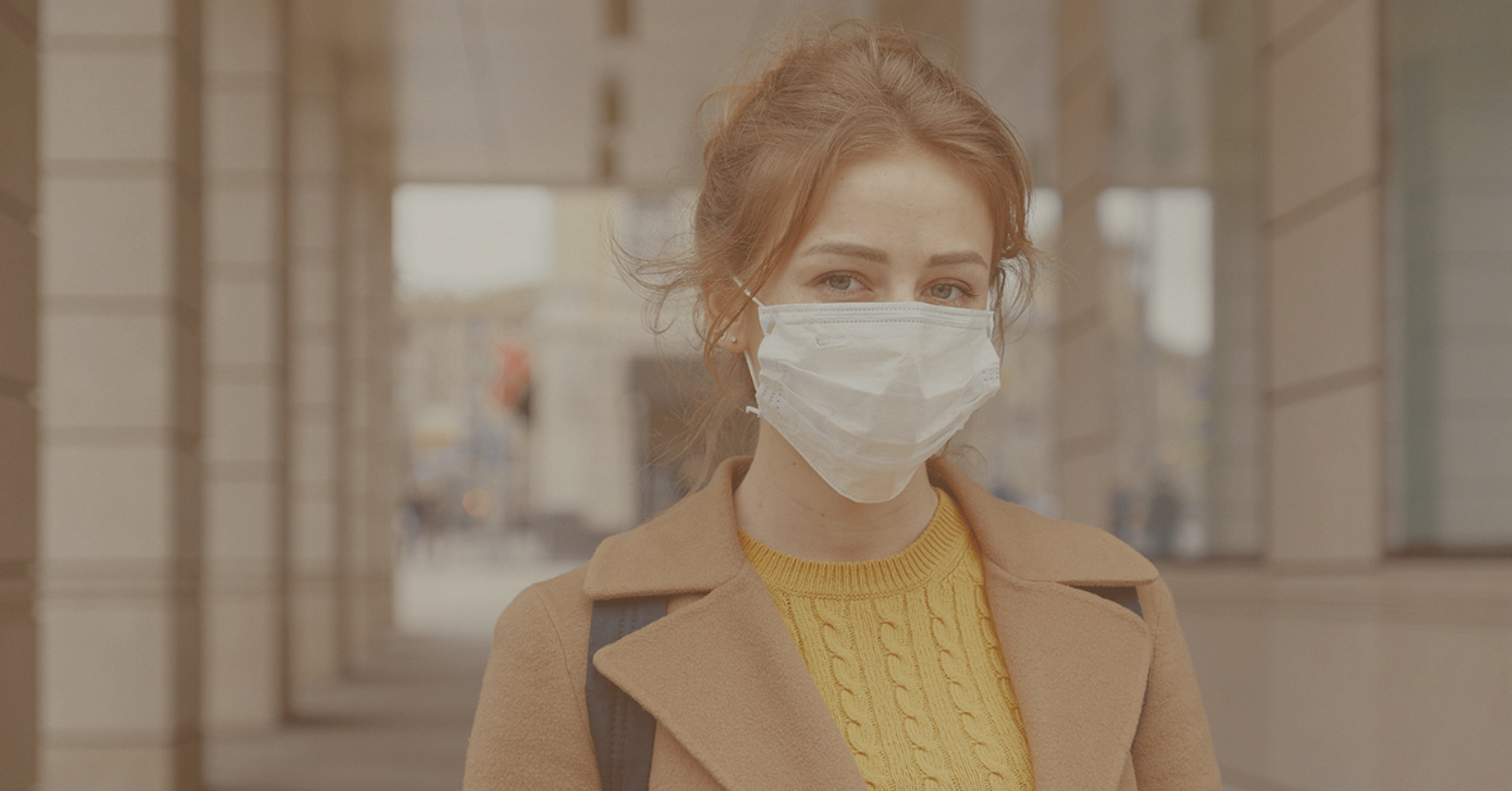While wearing a mask to go out to the shops has become (almost) normal, the problems that wearing them seems to be causing our skin are definitely still not welcomed. Spots, anyone? I never really used to get them - apart from the odd hormonal breakout - but I swear to God, my face is starting to look like a dot to dot (or should that be 'spot to spot'?)! So, before it does, I thought I’d check in with an expert to find out what maskne really is, and how we can all save our skin from the dreaded face mask effect. Meet aesthetic practitioner and skin pro Claire Lavery.
Hi Claire! Please help! So many of us are suffering with extra spots at the moment because of the masks we’re having to wear. What is maskne, and what causes it?
Over the past few months, my aesthetic colleagues and I have seen a steep rise in patients requesting help with their skin - the presenting complaint being maskne. Many are experiencing breakouts and not all of them have had spot prone skin or acne in the past.
The medical term for maskne is acne mechanica, a skin condition that is brought on by prolonged wearing of personal protective equipment on the face - often for hours on end. The close contact of masks with our skin, in combination with a warm moist environment between our skin and the mask, can cause breakouts, skin irritation, acne and soreness.
Ouch! So maskne is real! Is it different from acne?
Acne occurs in the sebaceous follicle, which is a large sebaceous gland. Hormones increase the size of the gland, leading to increased sebum production, pores become blocked and can trap Propionibacterium Acne (P.Acne) bacteria, causing acne.
However, maskne has a mechanical cause - multiple contact points between our skin and the mask causing a build up of warmth, sweat and friction, which, in turn, leads to inflammation that can block pores and lead to breakouts.
While we all have to wear masks, what can people do to minimise the chances of getting maskne?
One thing people can do to avoid maskne is to change their disposable masks regularly and wash their reusable masks.
Another thing is to ditch the heavy makeup. If you feel you have to wear makeup, go light! Heavy makeup increases the chances of clogged pores and breakouts.
What treatments, products and ingredients should people be thinking about to help clear up maskne?
I would definitely recommend properly cleansing your skin twice a day. For my patients, I recommend Obagi Clenziderm Foaming Wash with 2% salicylic acid, which helps unclog pores and washes away dead skin cells.
Also, use an exfoliator at least three times a week, chemical exfoliators are gentler on the skin than scrubs. A good exfoliator reduces sebum production, pore size and blackheads.
Finally, hydrate your skin! Oily skin needs moisture too, and it’s important to remember that you are replacing the water not oil.
Thanks so much, Claire! I feel like my skin might have a better chance of fighting off the dreaded maskne now. No more dot to dots!
If maskne or any other skin issues are getting you down, have a chat with one of our skin experts via Glowday's amazing new Skin Consultation service and get ready to get glowing!

